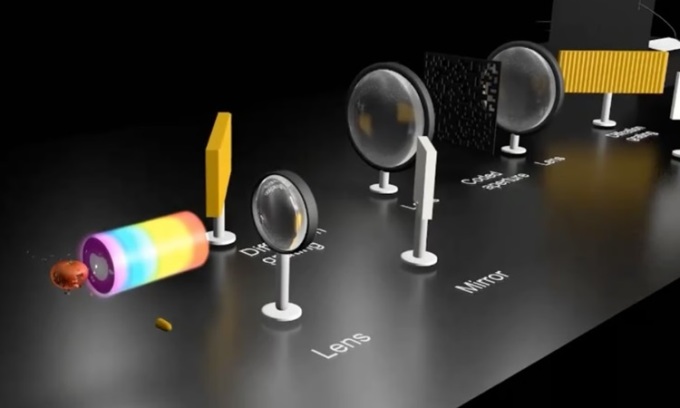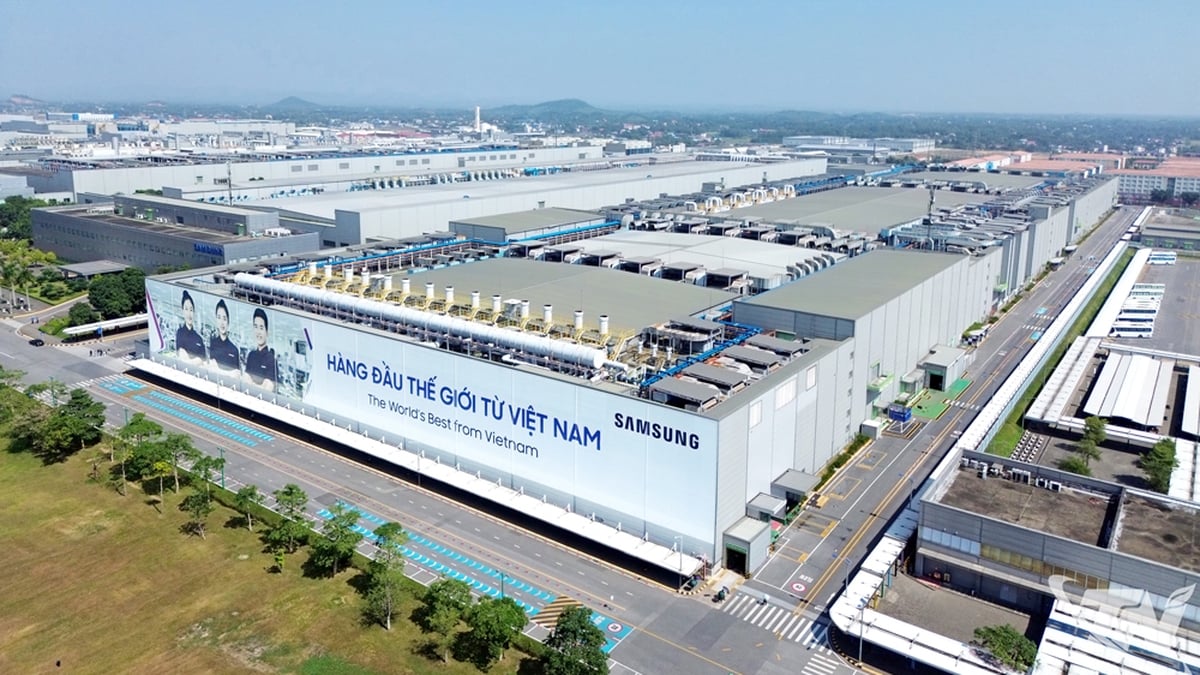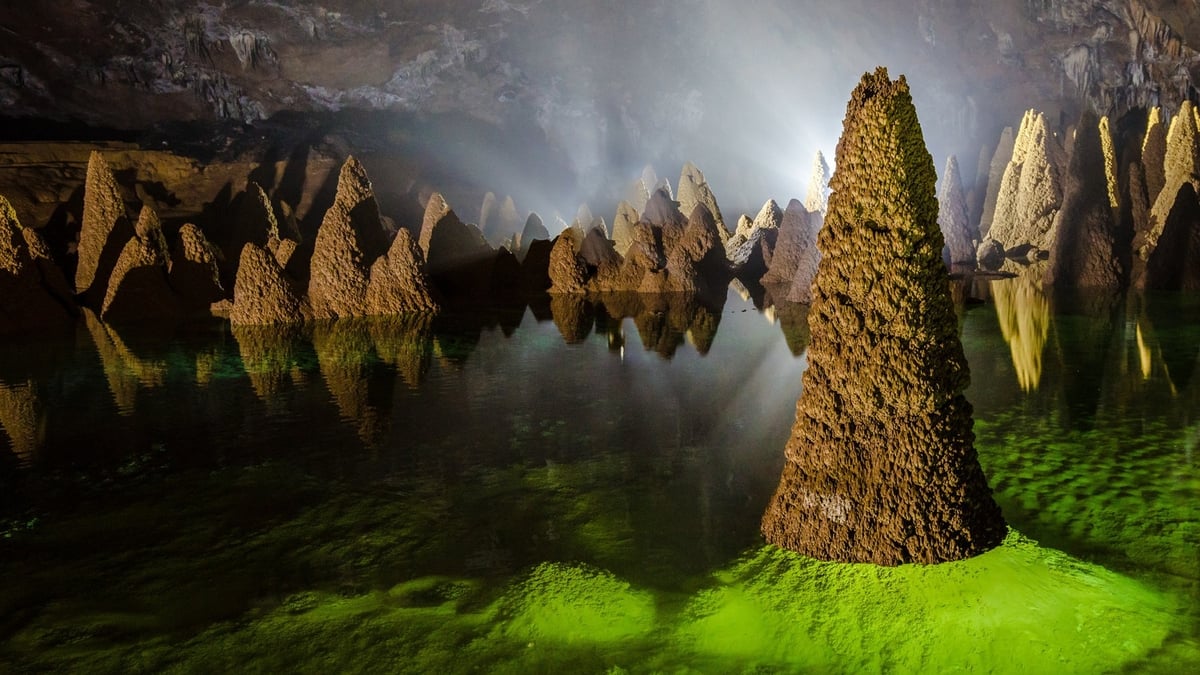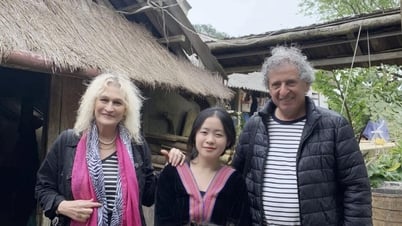Canada Engineers at the INRS Énergie Matériaux Telecommunication Research Center have developed the world's fastest camera, capable of shooting at 156.3 trillion frames per second (fps).

Simulation of the world's fastest camera system SCARF. Photo: INRS
The best slow-motion cameras on phones typically operate at a few hundred frames per second. Professional video cameras can shoot at a few thousand frames per second for a smoother effect. But if researchers want to see what’s happening at the nanoscale, they need a rate of billions or even trillions of frames per second. The new camera from the INRS team can capture events that happen in a few femtoseconds (a femtosecond is one millionth of a billionth of a second), according to New Atlas.
The team built on a technology they developed in 2014 called Compressed Ultrafast Photography (CUP), which can capture 100 billion fps. The next phase is called T-CUP, where T stands for “trillion frames per second.” As the name suggests, T-CUP can capture up to 10 trillion fps. In 2020, the researchers increased that to 70 trillion fps with a version called compressed ultrafast spectral imaging (CUSP).
Now they've doubled that speed to 156.3 trillion frames per second. The new camera system, called the "scanning-aperture-coded real-time femtosecond" (SCARF), can capture events that happen too fast for previous versions of the technology to observe, such as shock waves traveling through matter or living cells.
SCARF works by firing an ultra-short pulse of laser light, which passes through the event or object being photographed. If you’re photographing a rainbow, the red wavelength will record the event first, followed by orange, yellow, and finally violet. Because the event happens so quickly, each color appears different as it passes through, allowing the laser pulse to record all the changes in a very short time. The pulse then passes through a series of components that focus, reflect, diffract, and encode it, until it reaches the sensor of a charge-coupled device (CCD) camera, which converts it into data that a computer can reconstruct into the final image.
According to the team, their camera system will help improve fields such as geography, biology, chemistry, materials science and engineering. They detailed the device in a paper published in the journal Nature Communications.
An Khang (According to New Atlas )
Source link




































































































Comment (0)